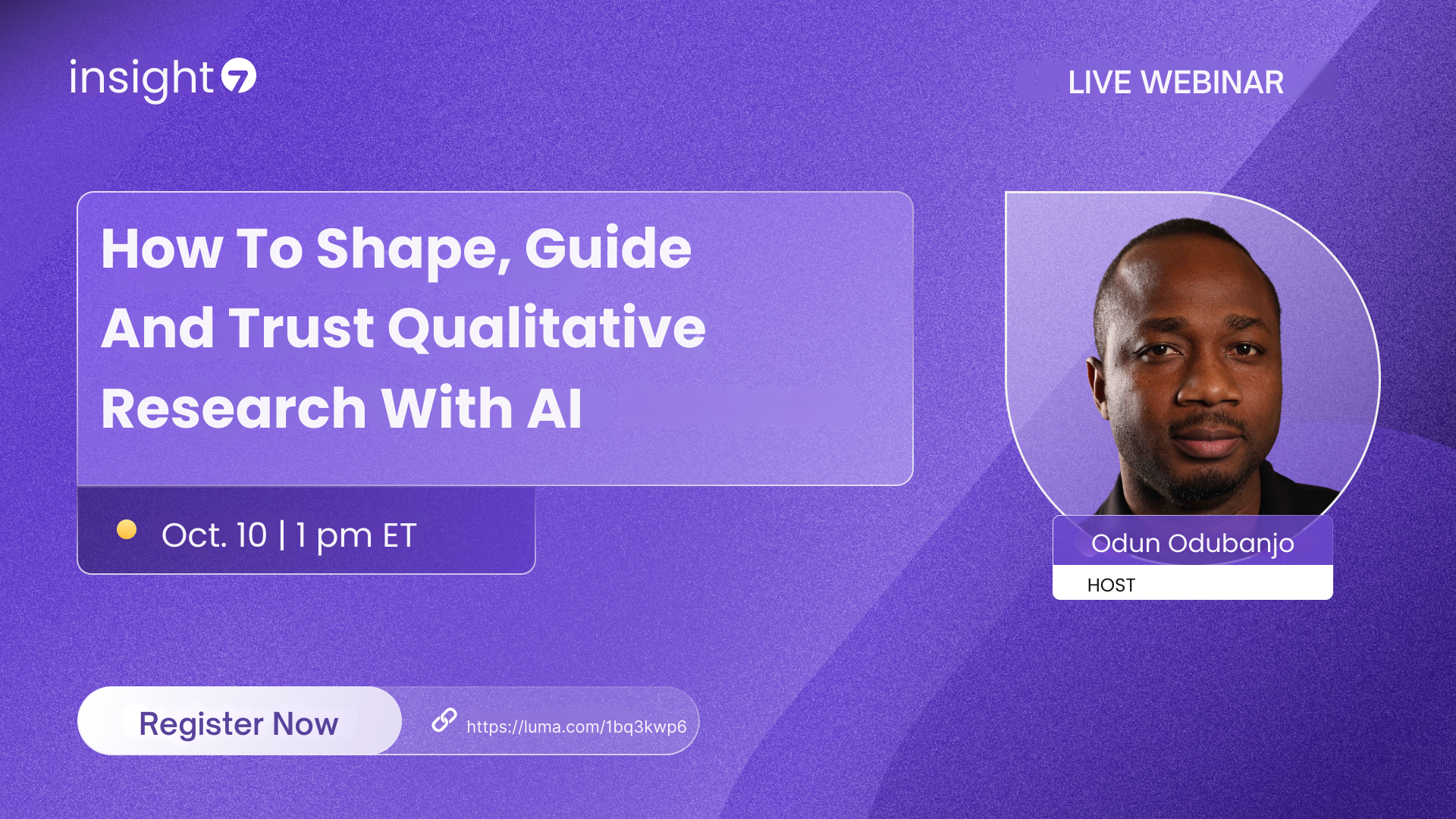AI Process Design Tool: Choosing the Right One
-
Bella Williams
- 10 min read
Understanding AI Design Selection is crucial for organizations looking to harness the power of artificial intelligence. As businesses increasingly turn to AI process design tools to drive efficiency, selecting the right technology becomes paramount. The multitude of available options can be overwhelming, making informed decision-making essential for achieving desired outcomes.
In this section, we will explore key factors influencing AI design selection. We'll discuss how to assess organizational needs, prioritize user experience, and evaluate tool capabilities. By navigating these aspects effectively, businesses can make strategic investments in AI technologies that align with their goals and foster innovation. Emphasizing thoughtful selection processes not only enhances performance but also builds a foundation for future success.
The Importance of Choosing the Right AI Process Design Tool
Choosing the right AI process design tool is crucial for achieving optimal results in any project. The effectiveness of an AI solution often hinges on how well it aligns with your specific needs and goals. Failing to select the appropriate tool can lead to wasted resources, inefficiency, and suboptimal outcomes. Therefore, understanding the nuances of AI design selection can significantly impact the success of your initiatives.
Several key factors come into play when choosing an AI design tool. First, assess the scalability of the tool to accommodate future growth. Next, consider its user-friendliness, as a more intuitive interface can streamline your workflow. Additionally, examine available support resources and community engagement, as they provide valuable assistance during implementation. Lastly, evaluate the customization options to ensure the tool can be tailored to your unique requirements. Making an informed decision on these aspects will empower you to harness the full potential of AI in your projects.
Key Benefits of Appropriate Tool Selection
Selecting the appropriate AI design tool can significantly enhance your project outcomes. One key benefit of appropriate tool selection is improved efficiency. By choosing a solution tailored to your specific needs, teams can streamline processes, reduce redundant tasks, and focus on more strategic aspects of their projects. This targeted approach minimizes wasted time and resources, allowing for quicker decision-making and implementation.
Another benefit lies in the quality of insights generated. The right AI design tool can analyze data accurately, providing valuable insights that directly inform decision-making. Enhanced data analytics leads to better understanding customer needs and market trends, ensuring that your solutions are both effective and relevant. In conclusion, the choice of an AI design tool can shape not only operational efficiency but also the overall success of your initiatives. Making informed selections ensures you harness the potential of AI to its fullest.
Implications of Poor Tool Selection on AI Projects
Poor tool selection can have significant consequences for AI projects, ultimately hindering their success. When teams opt for subpar tools, they may encounter inefficiencies, lack of compatibility, and increased development timelines. These challenges can lead to wasted resources and missed market opportunities. Additionally, inappropriate tools may not support the specific needs of an AI project, causing issues in data processing and algorithm performance.
To illustrate the implications, consider the following factors. First, inadequate features may limit what a team can achieve, making it challenging to innovate. Second, poor integration with existing systems can create bottlenecks, slowing down the overall workflow. Lastly, increased training time for team members can divert focus from the project, impacting productivity. Thus, making the right AI design selection is crucial for smooth execution and achieving project goals. Addressing these concerns early can lead to a more effective and streamlined AI development process.
Exploring AI Design Selection Criteria
AI Design Selection involves various criteria that can significantly influence effectiveness. When exploring this selection process, it's essential to consider factors such as functionality, scalability, and user experience. A tool's ability to address specific needs and integrate seamlessly with existing systems is vital for success. Moreover, assessing potential risks and the tool's adaptability over time is crucial for long-term viability.
When choosing an AI design tool, there are key elements to evaluate. First, you should assess the tool's performance metrics—as these indicate efficiency and reliability. Next, consider user feedback, which often reveals real-world success stories or challenges. Finally, it's beneficial to analyze cost-effectiveness, ensuring that the investment aligns with expected outcomes. By engaging thoughtfully with these selection criteria, you can make a more informed decision on the AI design tool that best meets your requirements.
Evaluating Scalability and Flexibility
When choosing an AI process design tool, evaluating scalability and flexibility is crucial. Scalability assesses how well the tool can grow with your needs, accommodating increased data volume or user count without degrading performance. A scalable solution can adapt according to your evolving requirements, ensuring that as your organization expands, the tool can keep pace seamlessly.
Flexibility examines the tool's ability to integrate with various systems and processes. A flexible design can accommodate different workflows, allowing for customization and adaptability in response to changing business needs. When considering AI design selection, it’s important to choose a tool that not only meets your current demands but can also evolve alongside your organization. Balancing these factors will ultimately lead to a more effective implementation of AI processes, optimizing your operations and enhancing your overall strategies.
Assessing Integration and Compatibility
Selecting the right AI design tool involves a crucial step: assessing integration and compatibility with existing systems. This evaluation ensures that the new tool will work seamlessly within your established framework, minimizing disruptions and maximizing efficiency. When considering AI design selection, focus on compatibility with your current software and workflows. It's vital that the new tool easily integrates with data sources and other technologies already in use.
To assess integration and compatibility effectively, consider three key aspects: first, check for APIs and documentation that support easy connection to your existing platforms. Next, evaluate the extensibility of the AI tool; it should allow for future growth and changes in your organization’s needs. Lastly, engage your team in discussions to gather input on usability and function from their perspective. By focusing on these elements, you can make an informed decision that enhances your overall operational effectiveness.
Conclusion: Making Informed AI Design Selection Decisions
Making informed AI design selection decisions requires a careful evaluation of various options based on specific project needs. Prioritizing factors such as functionality, integration capabilities, and user experience can significantly enhance decision-making. As you contemplate your choices, assess available tools against your requirements and desired outcomes. This analytical approach ensures that the chosen AI design tool aligns with your organizational goals.
Furthermore, consider the long-term implications of your selection. An effective AI design selection not only addresses immediate challenges but also supports future growth. By choosing wisely, you set the stage for successful implementation and ongoing improvement. Emphasizing thorough research and understanding bolsters your ability to navigate the complexities of AI tool selection, leading to better project results and overall satisfaction.







